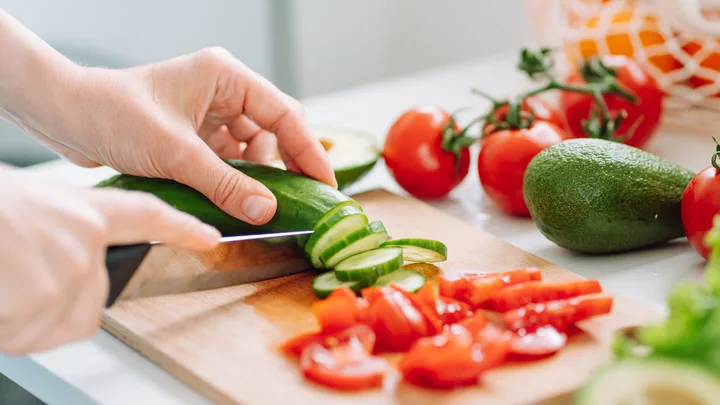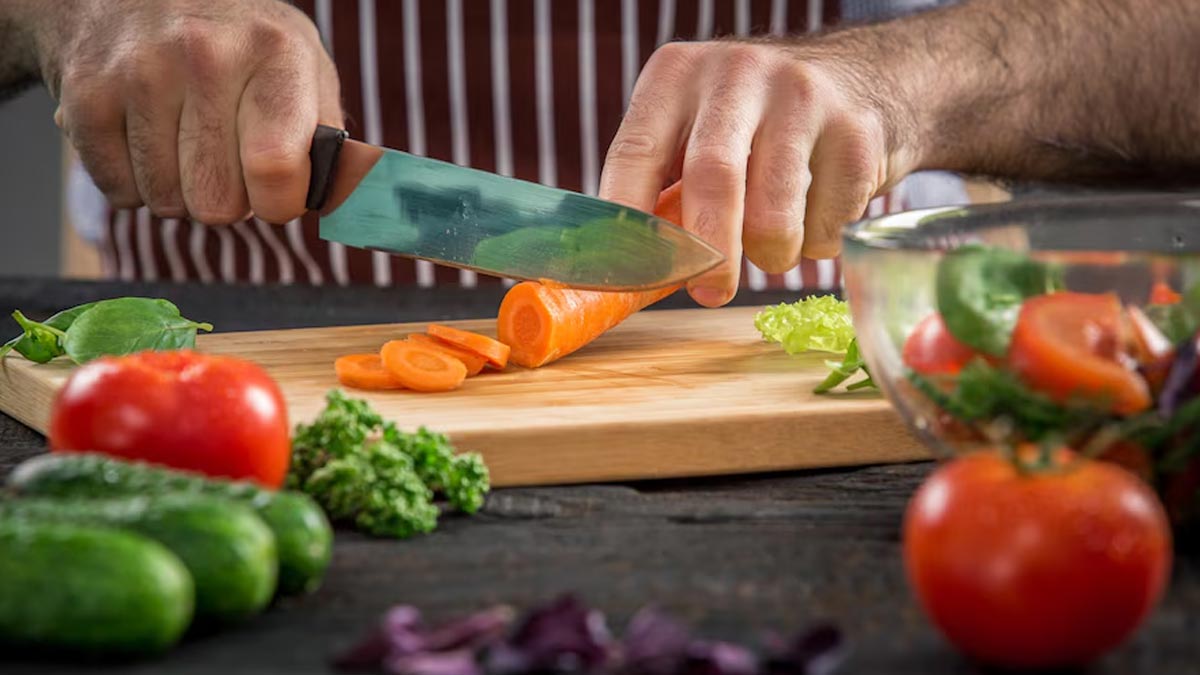Exploring Granton Blade Santoku Knives
Have you ever wondered what a Granton Blade Santoku Knife is used for? If so, youre not alone! For anyone who has spent time in a professional kitchen, this question often arises. The Santoku Knife, which hails from Japan, is a versatile instrument that every culinary expert aspires to wield with finesse. Its standout design and the addition of a Granton edge have made it an essential tool for both chefs and home cooking enthusiasts.
The secret to the Granton blade's success lies in its ability to deliver seamless cuts while minimizing food adhesion to the blade. This characteristic is particularly advantageous in busy kitchen environments, as it allows chefs to work swiftly and effectively.

The Structure of a Granton Blade Santoku Knife
The defining feature of a Granton blade on a Santoku knife is the series of shallow dimples or scallops along the edge. These create small air pockets that reduce friction, which facilitates easier slicing and dicing. Furthermore, the Santoku knife is distinguished by its traditional Japanese craftsmanship, combining this innovative blade design with a commitment to quality.
Typically, a Santoku blade is shorter and slimmer compared to a standard chef's knife, measuring around 5 to 7 inches. This particular design gives chefs greater control, making it perfect for tasks such as mincing, dicing, and slicing. The flat edge of the blade also enhances its effectiveness by enabling highly accurate cuts.
Practical Applications in the Kitchen
For kitchen professionals, the Santoku knife represents much more than just another blade. Its design makes it perfect for a variety of food preparations, ranging from vegetables to proteins. Thanks to the Granton edge, this knife glides effortlessly through items like tomatoes and cheeses without damaging them, preserving the food's structure.
Additionally, the wide profile of the Santoku blade allows chefs to scoop and transfer chopped items with ease. This seemingly minor feature can greatly accelerate the cooking process, which is vital in both professional and home kitchens.
Why Opt for a Granton Blade Santoku Knife?
You might ask why a chef would prefer a Granton blade Santoku knife over a conventional Western-style knife. The answer often centers on effectiveness and accuracy. A Santoku knife is designed for precise vertical cuts without the rocking motion typical of many Western knives. When coupled with the air pockets of the Granton edge, it becomes a favorite for chefs who value clean, accurate slices.
This knife's lightweight design allows for quicker work with less strain, reducing fatigue often associated with long hours of cooking. Its usability during extensive shifts caters to chefs looking to maintain ease of movement and comfort.
Maintaining Your Santoku Knife
Like any professional tool, keeping your Santoku knife in top condition is crucial for longevity. Regular sharpening is vital to preserving its sharp edge. Moreover, learning how to properly clean your knife will help prevent rust and keep it looking pristine.
It's also advisable to store the knife securely in a protective setting, such as a knife block or a magnetic strip. This practice will guard the Granton blade while extending its overall lifespan.
Choosing the Right Santoku Knife
Finding the perfect Santoku knife is imperative for any kitchen expert. Given the wide range of options available, its important to strike a balance between the knifes weight, handle comfort, and material. Seeking advice from kitchen supply professionals or exploring specific reviews for professional kitchen use, such as those on Knife Depot, can provide valuable insights.
Conclusion
For culinary professionals in search of a reliable and versatile tool, comprehending what a Granton blade Santoku knife is used for can greatly boost cooking efficiency. From its effortless glide through ingredients to its impressive control, a Santoku knife featuring a Granton edge is an indispensable addition to any culinary toolkit. As the pursuit of precision and efficiency in food preparation continues to grow, investing in such a tool is not just a choice but an essential step for any serious chef.

FAQs
Is a Santoku knife better than a chef's knife?
It ultimately comes down to personal preference and the specific cooking tasks. A Santoku knife with its Granton edge excels in precision and efficiency for slicing, while a chef's knife offers versatility for heavier duties.
Can a Santoku knife effectively handle meat?
Absolutely. While the Santoku knife shines with vegetables, its sharp, slender blade can effortlessly slice through meats with precision.
How frequently should I sharpen my Santoku knife?
This varies based on how often you use it. Daily use may require sharpening every few weeks, while less frequent use could mean every few months.
This article contains affiliate links. We may earn a commission at no extra cost to you.


























